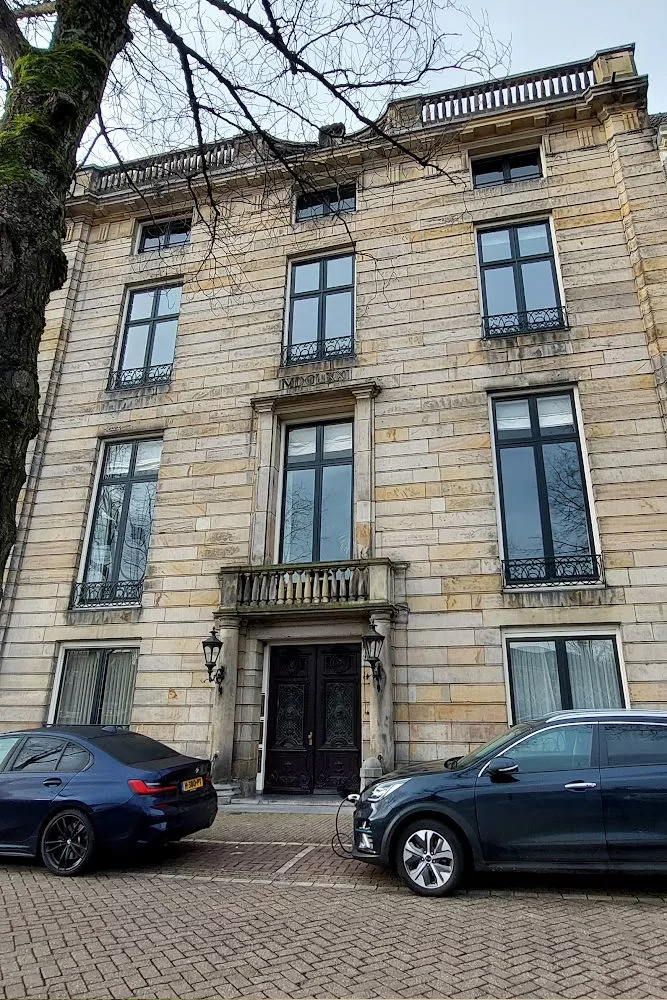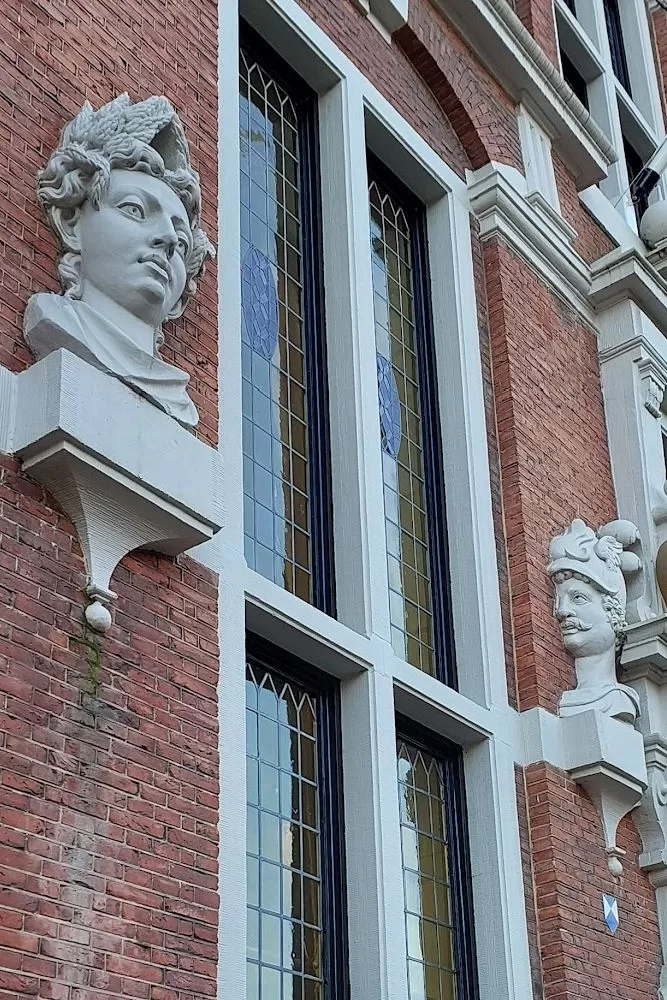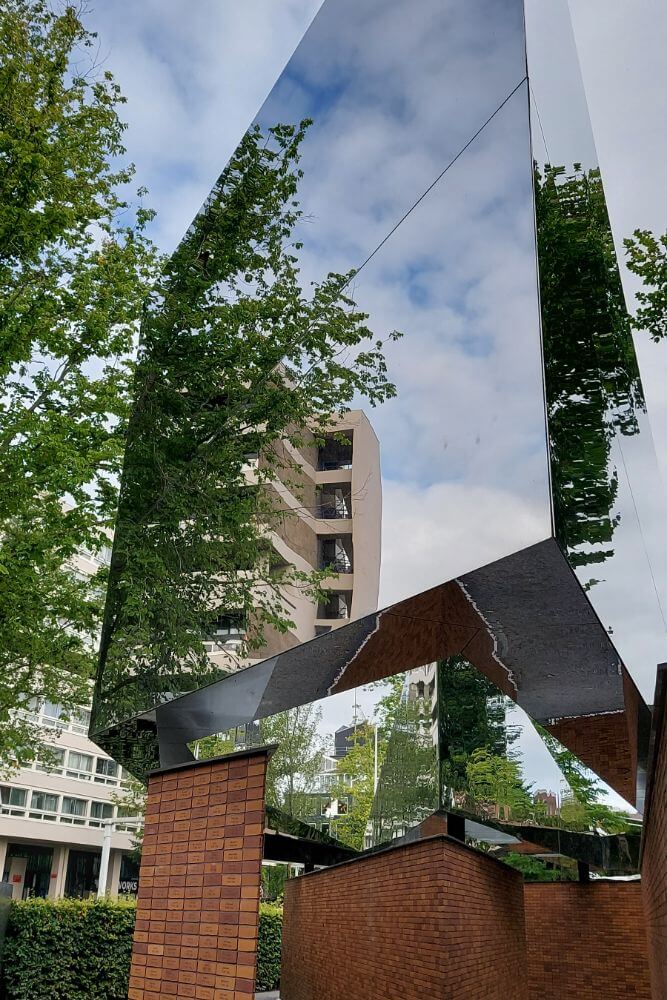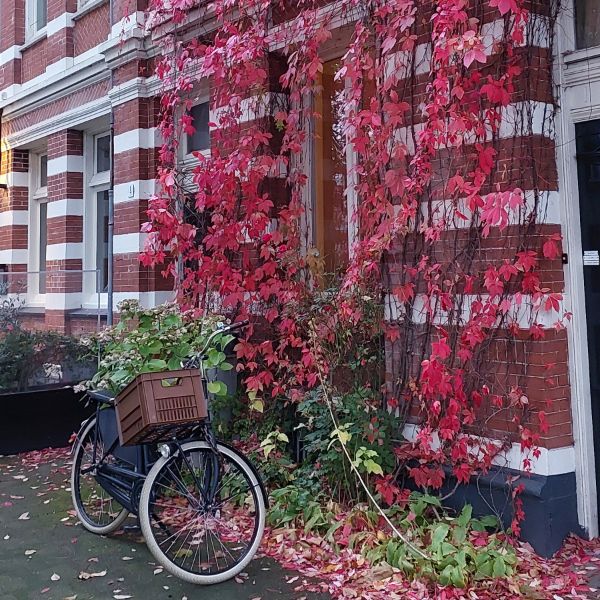This article shows you: Amsterdam Self-Guided Walking Tour – Explore the Canals
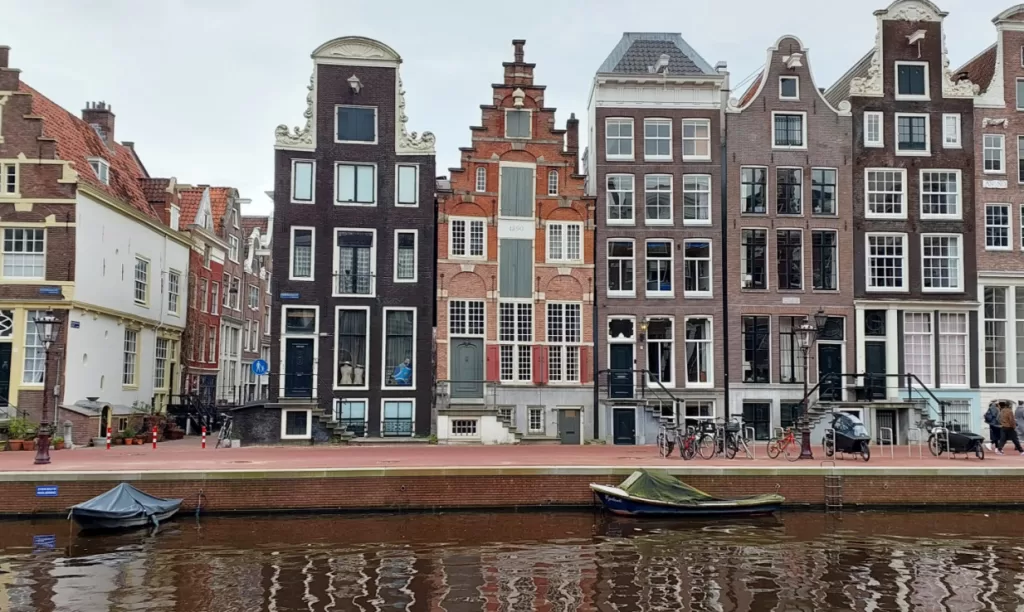
Planning a self-guided walking tour of Amsterdam? This detailed route takes you through the city’s historic Canal Belt, past elegant houses, hidden museums, and fascinating landmarks.
If you want to explore Amsterdam on foot, at your own pace, this walk offers the perfect balance of history, architecture, and discovery.
Once the elegant residences of the wealthy Dutch elite, these grand canal houses have been transformed into museums and cultural landmarks, offering a breathtaking glimpse into Amsterdam’s Golden Age.
As you amble past historic bridges, hidden courtyards, and scenic canals, this guide will help you discover the rich history and iconic architecture of Amsterdam’s Canal Belt, a UNESCO World Heritage site.
Herengracht was the canal where the most beautiful and elegant houses were built for Amsterdam’s wealthy and influential people during the Golden Age between 1600 and 1700.
Amsterdam Self-Guided Walking Tour
Route & Map: Where do we start?
Details The Canals of Amsterdam
This Amsterdam self-guided walking tour of 2.6km starts at Amstel 216 and follows the Herengracht.
The nearest metro stop from Central Station is Waterlooplein.
The walk ends at Herenmarkt 99 (the beginning of the Herengracht).
Download the map and use it on Google My Maps or apps like Outdoors Active without the internet.
I also created a custom Google Maps route so you can easily follow the walk step by step.
Tips to follow this itinerary
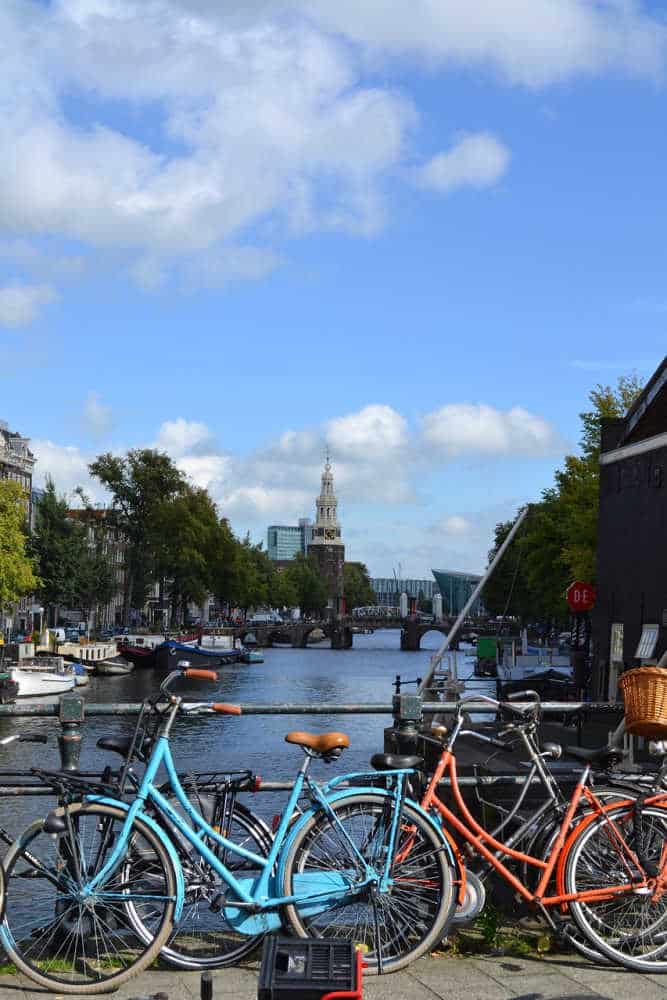
Consider buying the Iamsterdam city card. Most museums are open from 9 to 5, and many are closed on Mondays.
This area is not as touristy as other parts of Amsterdam, but be careful with bicycles and cars that have access to the canal.
Remember that some people still live in these houses, so be discreet.
Why was Amsterdam so wealthy during the Golden Age?
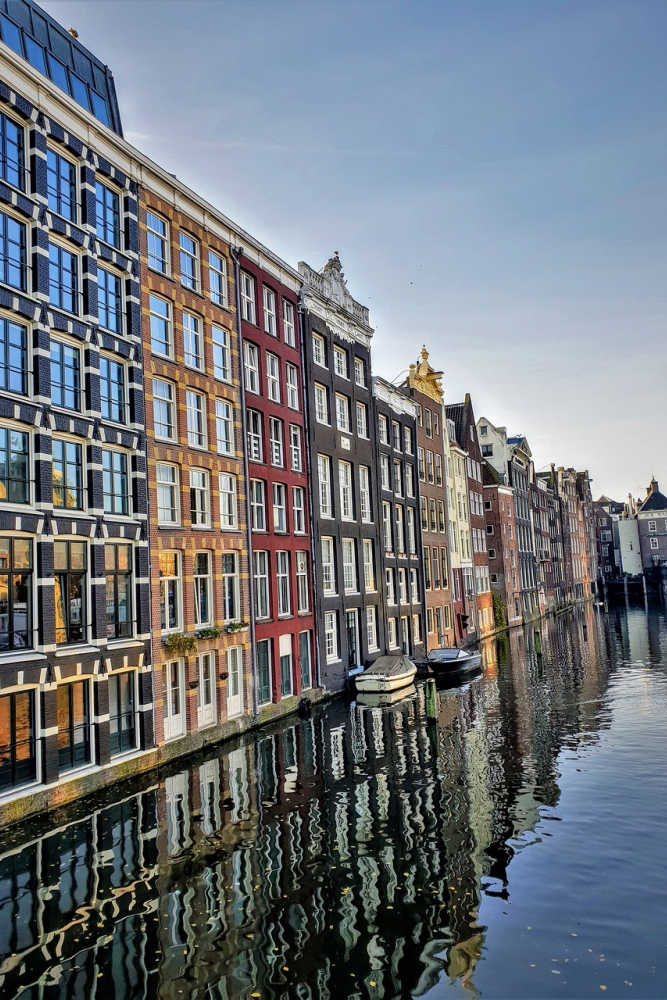
Amsterdam profited from strategic trade routes, especially through the spice trade in colonies like Indonesia, where they enslaved locals to cultivate valuable crops.
The Dutch West India Company also trafficked slaves from Africa to South America for plantation labor.
Later, merchants sold products like cotton and sugarcane in Europe at lucrative prices.
When was the canal belt built?
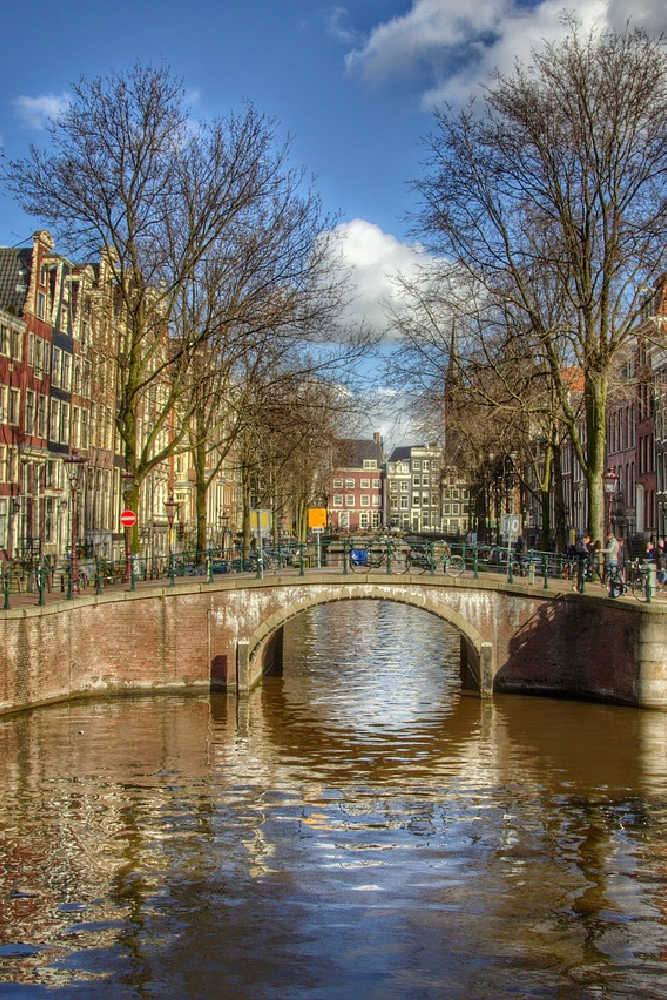
From 1600 to 1700, the expansion of the Herengracht, Prinsengracht, and Keizersgracht canals of Amsterdam formed a semicircular shape within the old cityscape.
This development enhanced the city’s charm, facilitated trade, and contributed to its status as a prominent cultural and economic center during the Dutch Golden Age.
Why were the canals built?
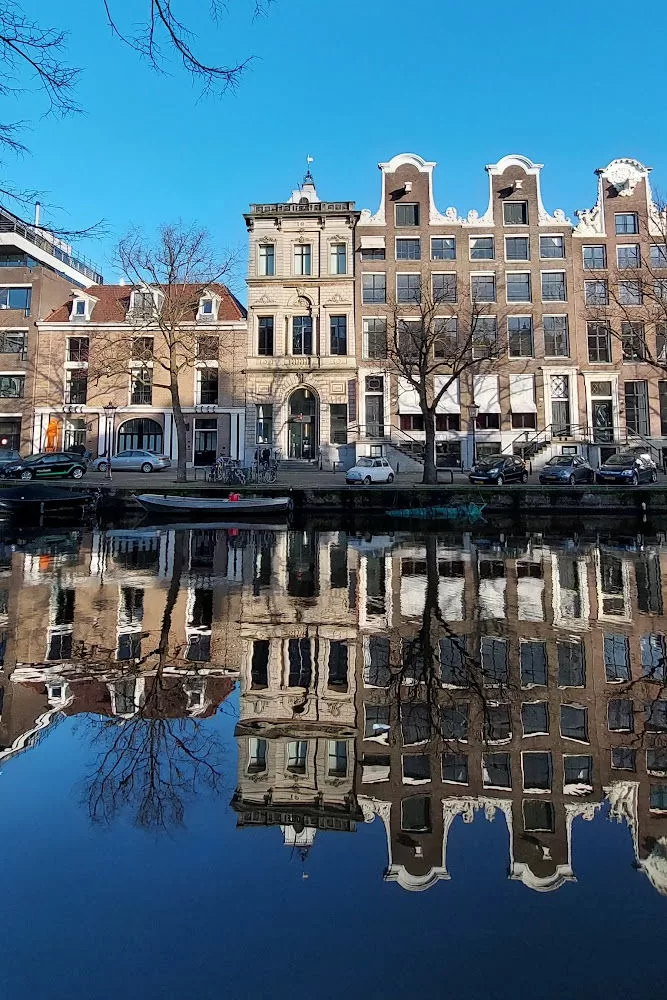
The canals were constructed to manage water, accommodate growing populations, and facilitate trade. Situated in a marshy region, Amsterdam required effective water control.
Locks were built to regulate water flow towards the sea. Additionally, canals streamlined commerce, enabling merchants to transport goods efficiently, contributing to Amsterdam’s prosperity as a bustling trade hub.
Who lived in the canals?
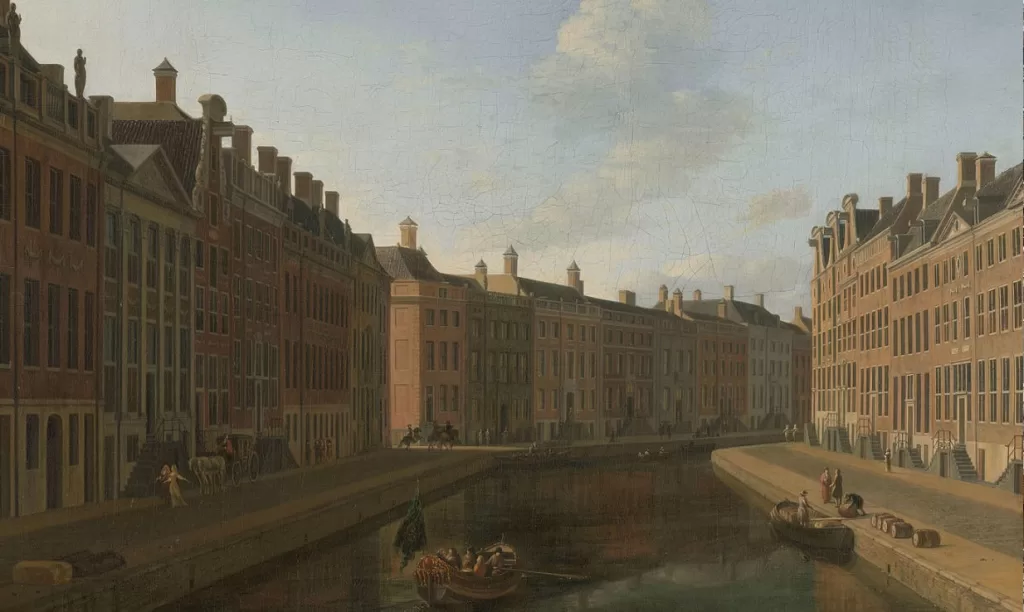
The wealthy used to buy large houses along the canals of Amsterdam, and most of them were involved in politics, were members of the VOC, and were merchants.
The houses were richly decorated, had beautiful gardens, and were deep and narrow (since taxes were only paid on the width of the properties).
Who occupies the houses along the canal belt today?
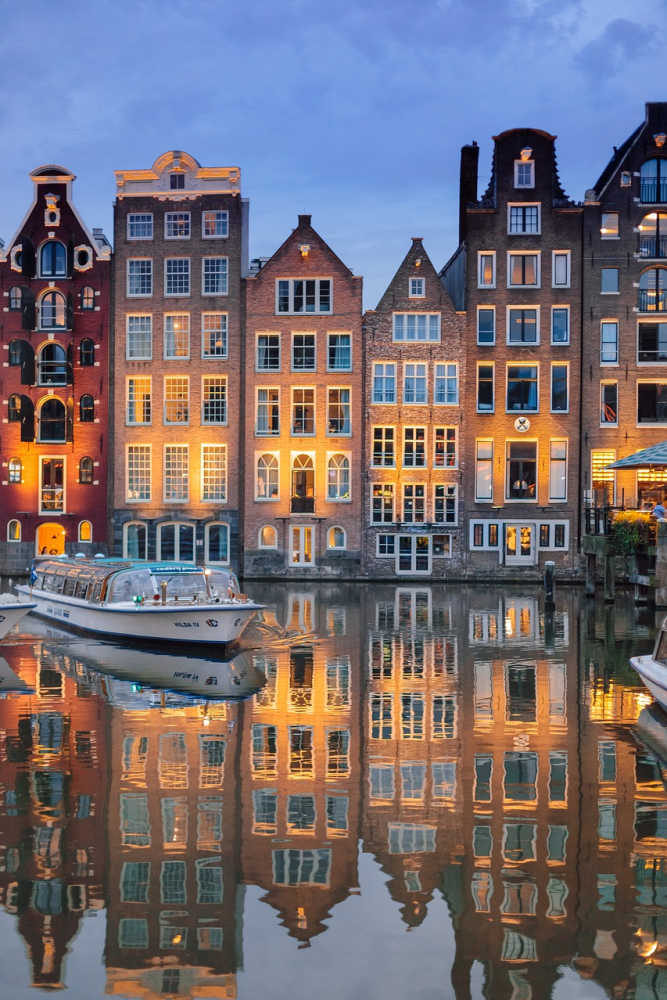
Today, the houses along the canal belt are inhabited by wealthy individuals, large companies like Booking.com and Rituals, luxury hotels, restaurants, and banks.
Some houses have been donated to the city and are now museums.
The house at Herengracht 446, once Viktor & Rolf’s headquarters, recently sold for fourteen million euros.
Beginning of the itinerary
1. The house with the bloodstains
Van Beuningen, afflicted by mental disorders, vandalized his house with bloodstains.
After losing his fortune due to investments in V.O.C and his wife’s departure, the infamous Jacoba Bartolotti.
One night, he erupted and wrote strange symbols, a sailing ship, his own name, and Jacoba’s on the facade of his house with his own blood.
Address: Amstel 216
2. Willet-Holthuysen House Museum
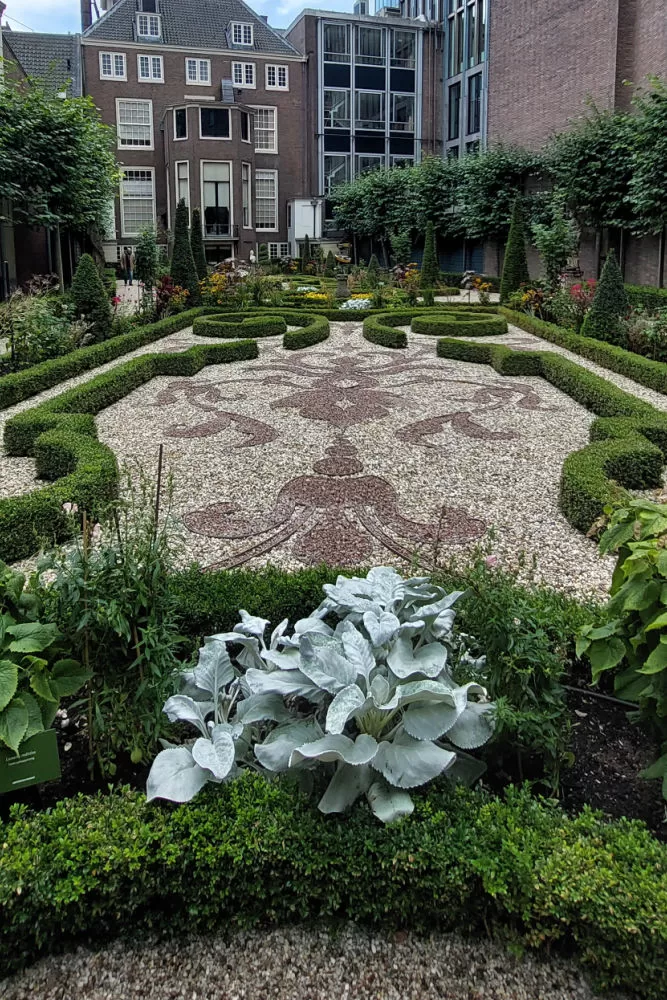
This double-lot house on Herengracht, now a museum, offers insight into the opulent lifestyles of the wealthy during its time.
Inherited by Louisa Holthuysen and Abraham Willet from her glass and coal trading parents, it reflects the luxurious and well-traveled life they led.
It is meticulously decorated in the latest French fashion and boasts ornate furniture and a stunning French-style garden.
Address: Herengracht 605
3. The facade of San Miguel The Dragon and The Elephant
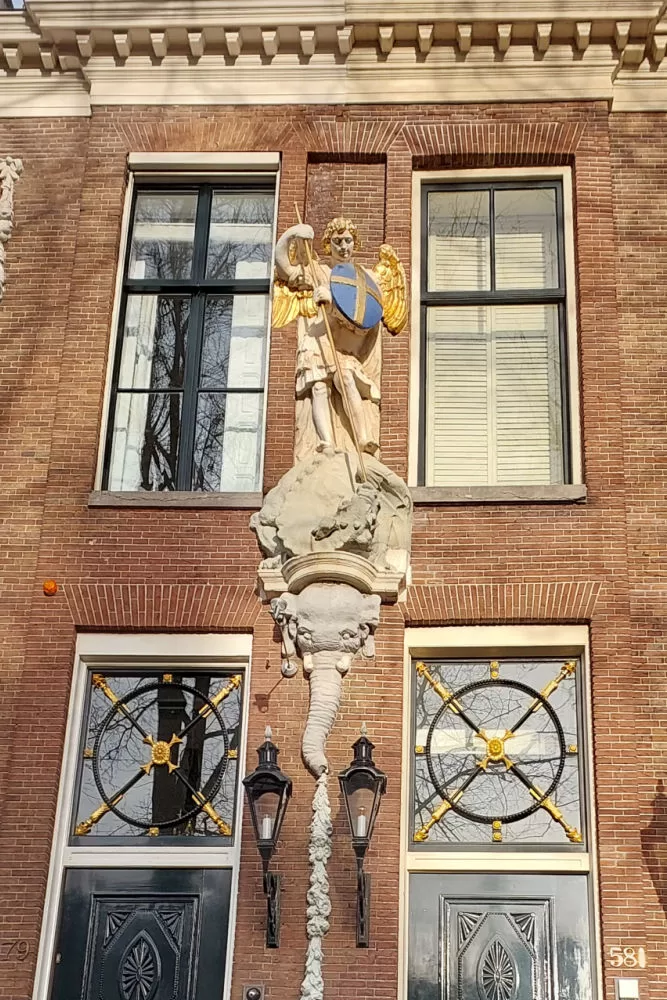
From the outside, a double house built in 1670 is visible.
At the facade’s center stands a large sculpture depicting Saint Michael wielding his sword and shield, triumphing over the dragon.
Beneath the dragon, a small platform supports a sculpture of an elephant’s head.
This residence belonged to baker Pieter van Schoorel, with the elephant symbolizing bakers and pastry chefs.
Address: Herengracht 581
4. The house with the columns
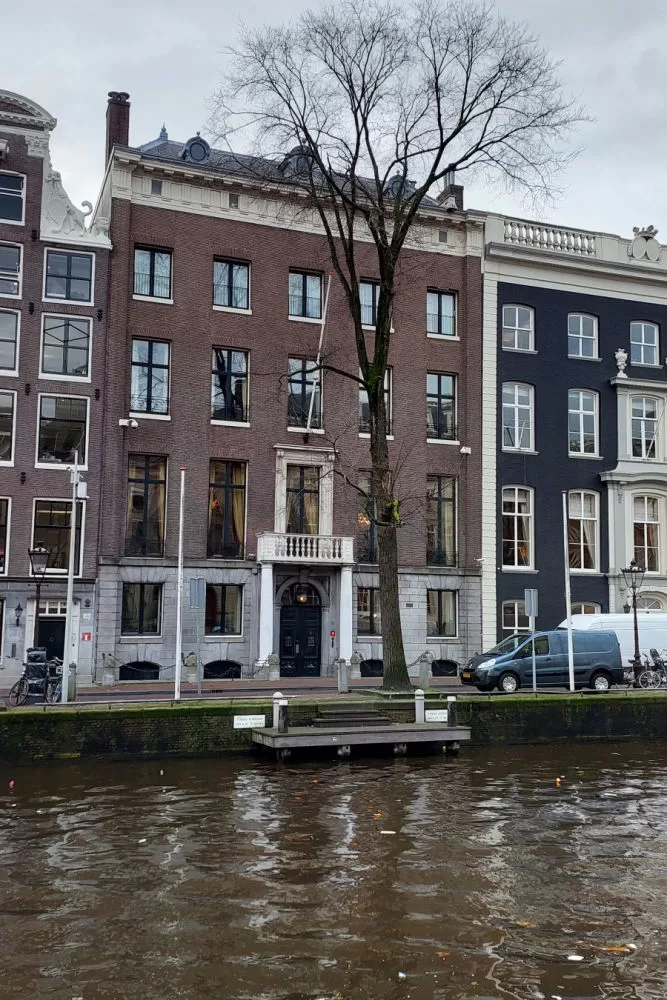
Canal Belt Amsterdam
Across the water stands the official residence of the Mayor of Amsterdam.
It was built in 1671 for Paulus Godin, a prominent VOC member, by architect Adriaen Dortsman, who also built The House with the Bloodstains.
Columns were added in 1791. Today, Amsterdam’s Mayor continues the tradition of residing in this historic house.
Address: Herengracht 502
5. The Emperor’s Canal – Keizergracht
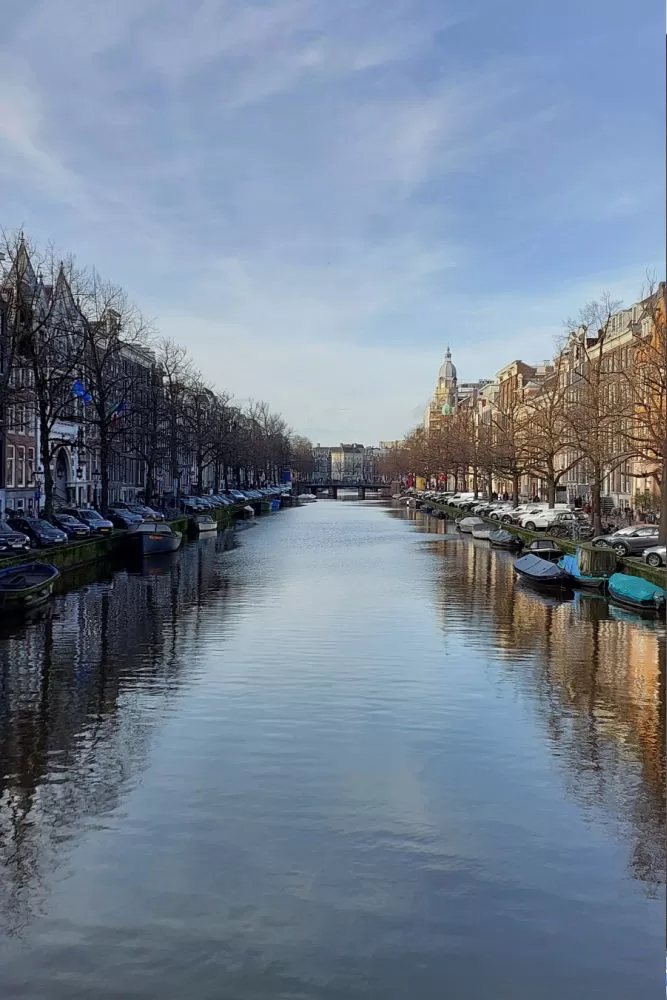
We deviate a few meters to visit the Keizergracht; its construction began in 1612 along with the Herengracht.
Named in honor of Emperor Maximilian of Austria, it is 31 meters wide, making it the widest canal in the city center.
The Keizergracht lies between the Herengracht and the Prinsengracht and is part of Amsterdam’s belt of canals.
6. FOAM, Amsterdam Photography Museum
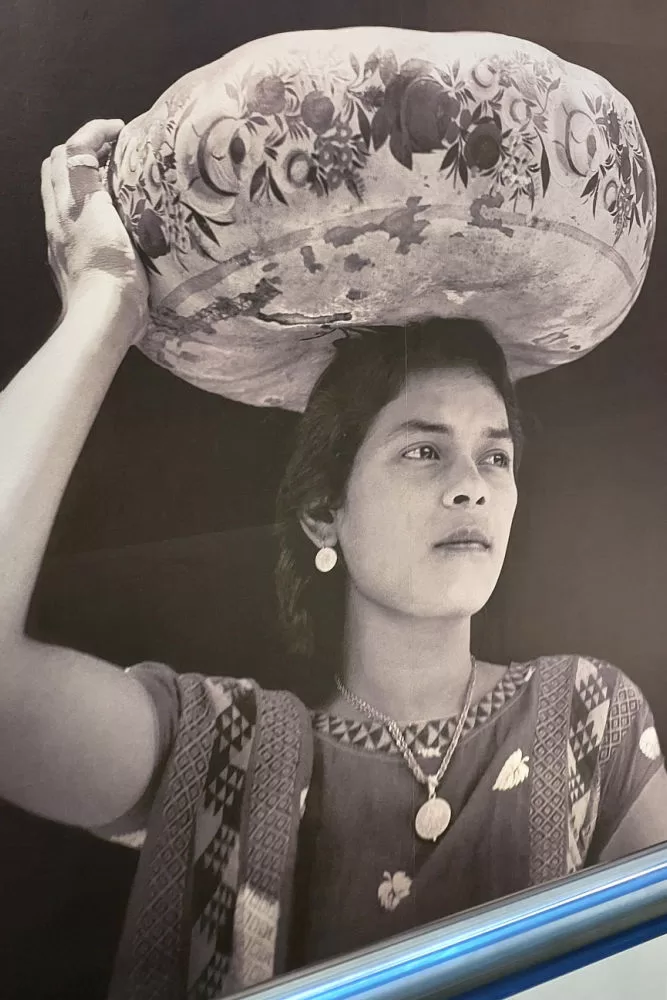
This house, built in 1863, originally housed the Fodor Art Museum.
Coal merchant and art collector Carl Joseph Fodor’s extensive collection was left to the city upon his death in 1860.
After Fodor’s closure in 2001, the building was renovated to host the Foam photography museum.
This Amsterdam museum features a modern ambiance and exhibitions like Tina Modotti’s impactful works.
Address: Keizersgracht 609
7. Museum House Van Loon
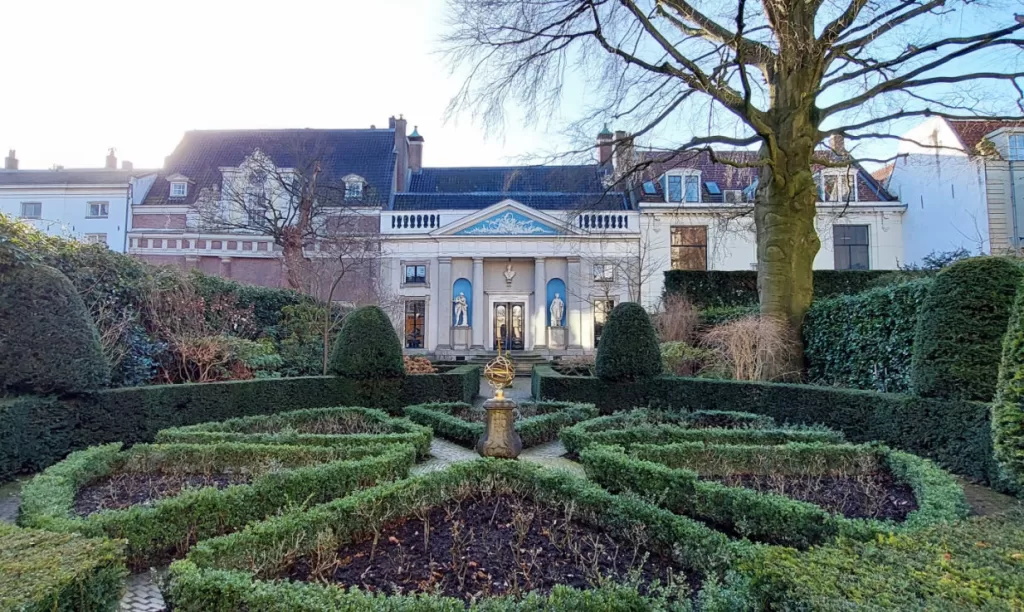
Numbers 672 and 674 represent a double house constructed in 1672, initially owned by Flemish merchant Jeremías van Raey.
The Van Loon family resided there for generations until the 20th century.
This monumental house retains its 17th-century decoration and architecture.
The carriage house now hosts a charming café overlooking a lovely garden. We then strolled onto Vijzelstraat.
Address: Keizersgracht 672
8. The City Archives of Amsterdam
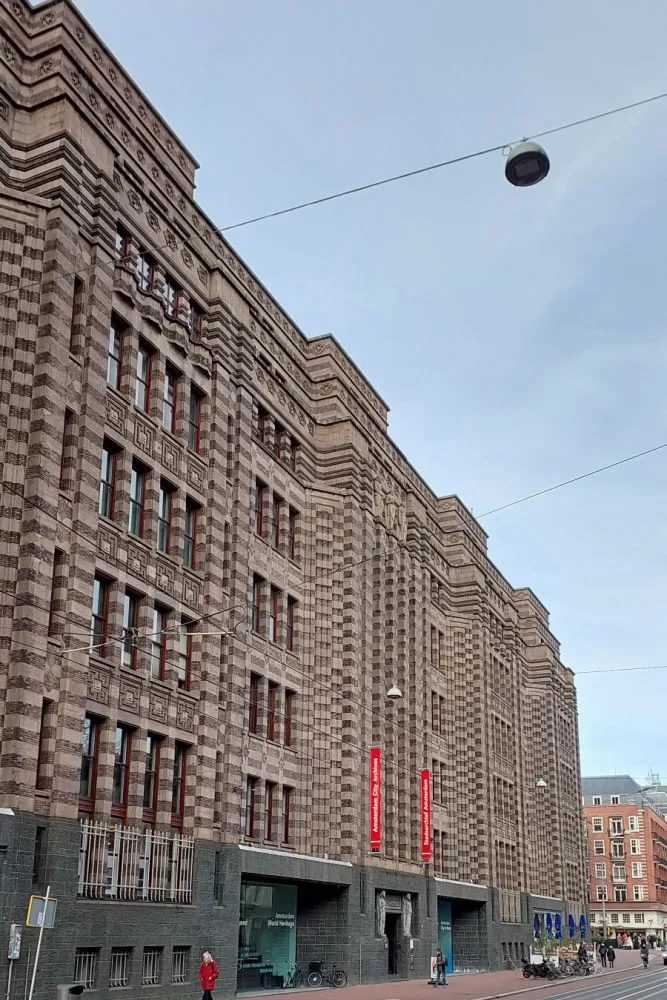
Before reaching The Golden Bend, we find the City Archives of Amsterdam, built in Art Deco style by the architect Karel Petrus Cornelis de Bazel.
In the Amsterdam Archives, you can explore Amsterdam’s rich history, including its involvement in the slave trade and the persecution of Jews during World War II.
Address: Vijzelstraat 32
For more Dutch history, check out my Hiking in Nijmegen guide, covering one of the country’s oldest cities!
9. The Golden Bend
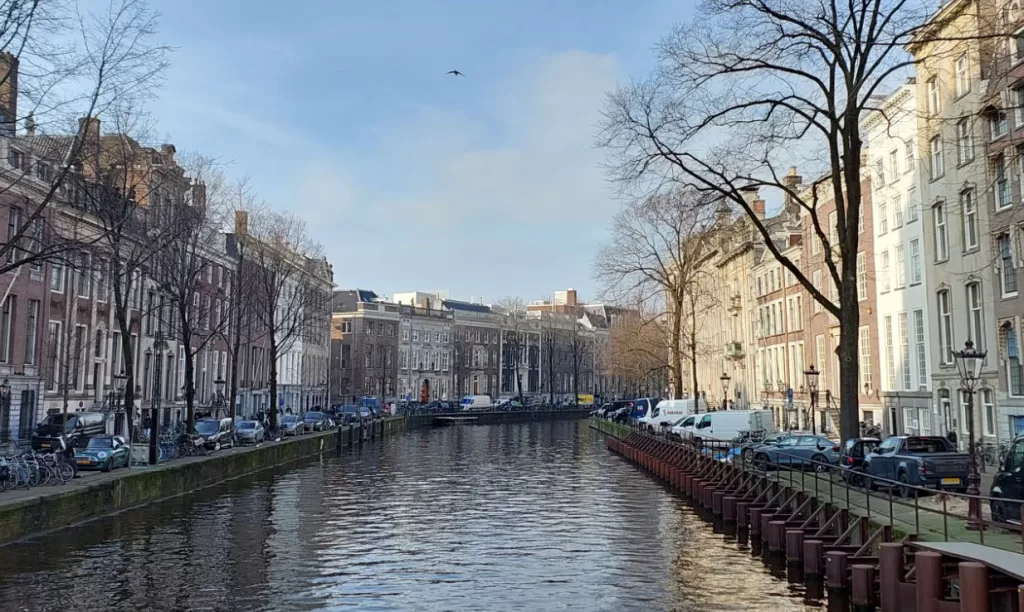
During the expansion of the canal belt in the 17th century, this part of the canal was reserved for Amsterdam’s wealthiest inhabitants.
It was highly exclusive, offering larger plots to build double-wide and long houses, leading to the construction of the most luxurious urban mansions.
Address: The Golden Bend is the stretch of Herengracht between Vijzelstraat and Leidsestraat (the Koningsluis Bridge).
10. The Cat Cabinet – De Kattenkabinet
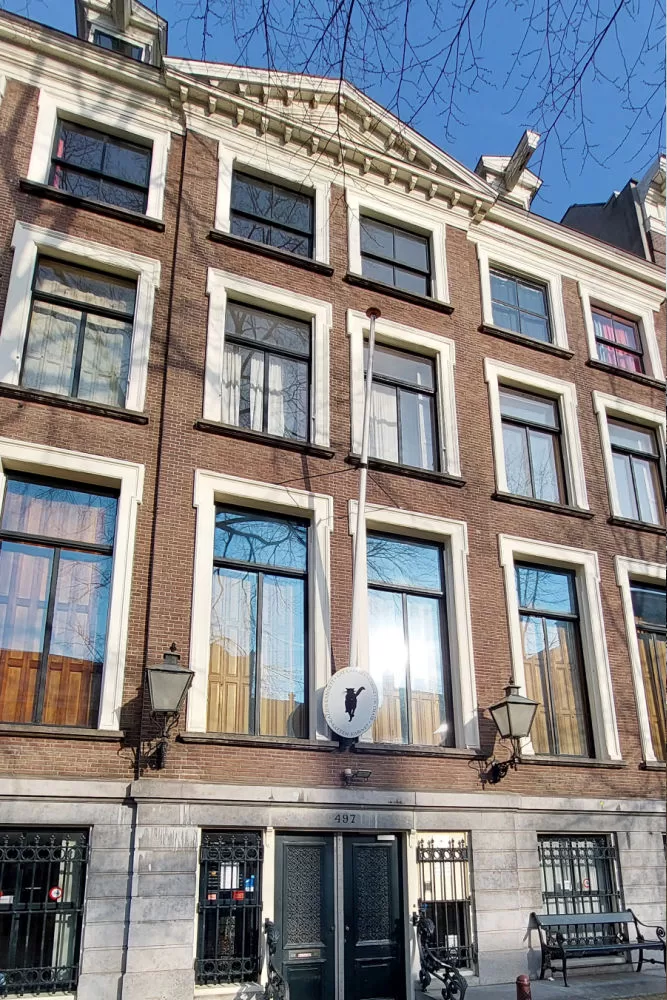
This house was built in 1664 for Willem van Loon, co-founder of the VOC. Currently, it houses the Kattenkabinet, a museum featuring artworks and various items with the cat as its main theme.
In 2006, the movie Ocean’s Twelve, starring George Clooney, Brad Pitt, and Julia Roberts, was filmed in Amsterdam, and several scenes were used in this house.
Address: Herengracht 497
11. The Canal Museum of Amsterdam
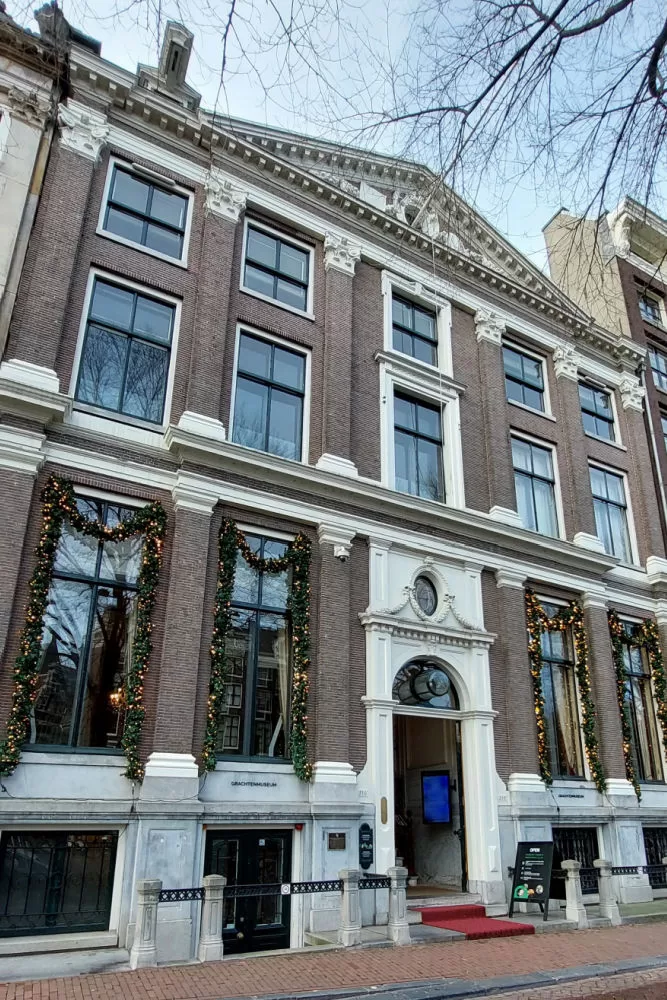
In this museum, visitors delve into Amsterdam’s canals’ history, construction, and daily life.
Guided by audio devices, groups navigate through multimedia exhibits in tight quarters.
With a strict 45-minute limit, the experience feels rushed, prompting thoughts that such information could be easily accessed online.
My personal preference leans towards the Bartolotti House Museum.
Address: Herengracht 386
12. The seven bridges of Reguliersgracht
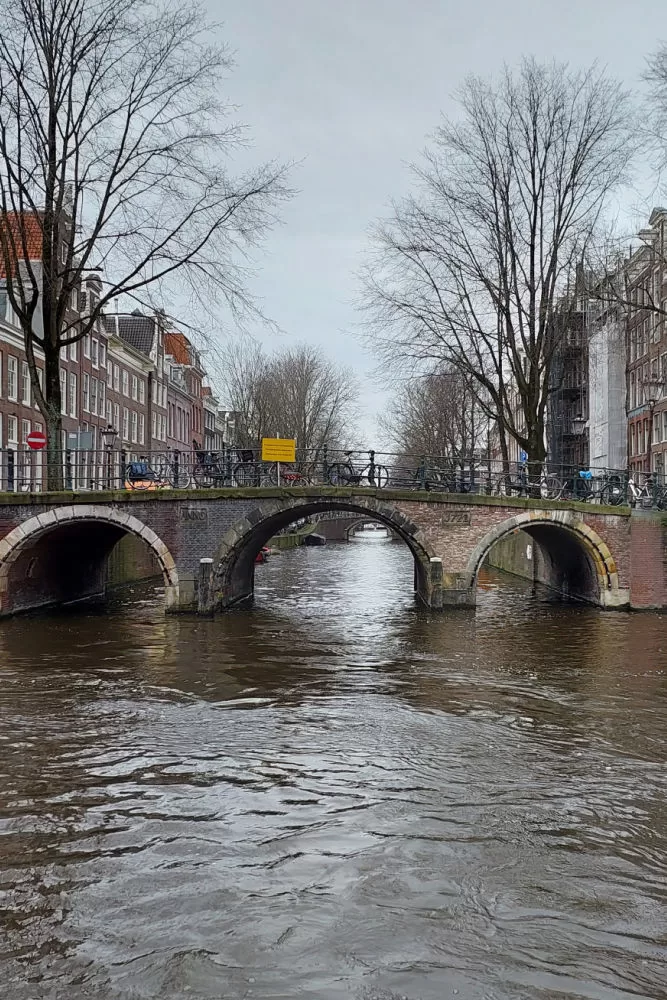
The Seven Bridges in Amsterdam offer a picturesque sight, especially when illuminated by countless lights at night.
Standing at the juncture of Reguliersgracht and Herengracht, these bridges create a stunning tunnel effect over the canal, earning the endearing nickname “the tunnel of love” and attracting visitors enchanted by its romantic allure.
Address: Corner of Reguliersgracht and Herengracht 403
13. The Krijtberg church
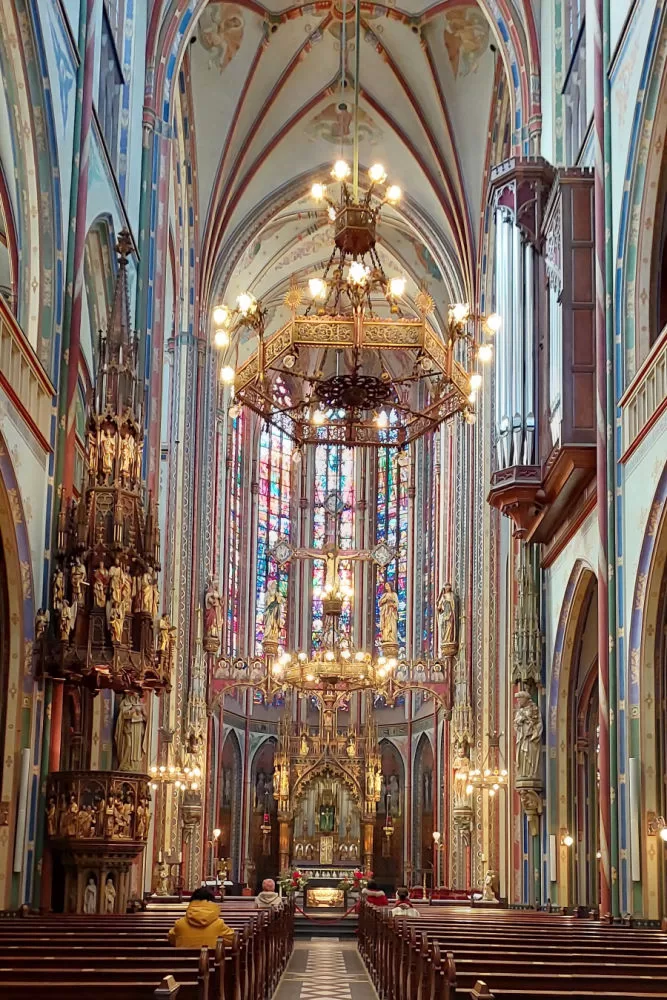
We head towards Singel, where De Krijtberg, also known as the Church of St. Francis Xavier, stands.
This Neo-Gothic-style Catholic church, designed by architect Alfred Tepe, replaced the clandestine ‘Crytbergh’ church in 1654.
Inside, marvel at the high vaulted ceilings, vibrant stained glass windows, golden ornaments, and saint statues.
It’s widely regarded as Amsterdam’s most beautiful church.
Address: Singel 446
14. Kromhout Houses – Vrije Universiteit

From Singel, after visiting Krijtberg church, we return to Herengracht to continue our journey along the Canal Belt in Amsterdam.
Numbers 364-370 host the four Cromhout Houses, named after their owner, Jacob Cromhout, a wealthy merchant and mayor.
Architect Philip Vingboons designed number 368 in a classicist style.
It now houses the Vrij Academie, which offers public art, history, literature, and culture courses.
Address: Herengracht 368
15. Museum House Bartolotti
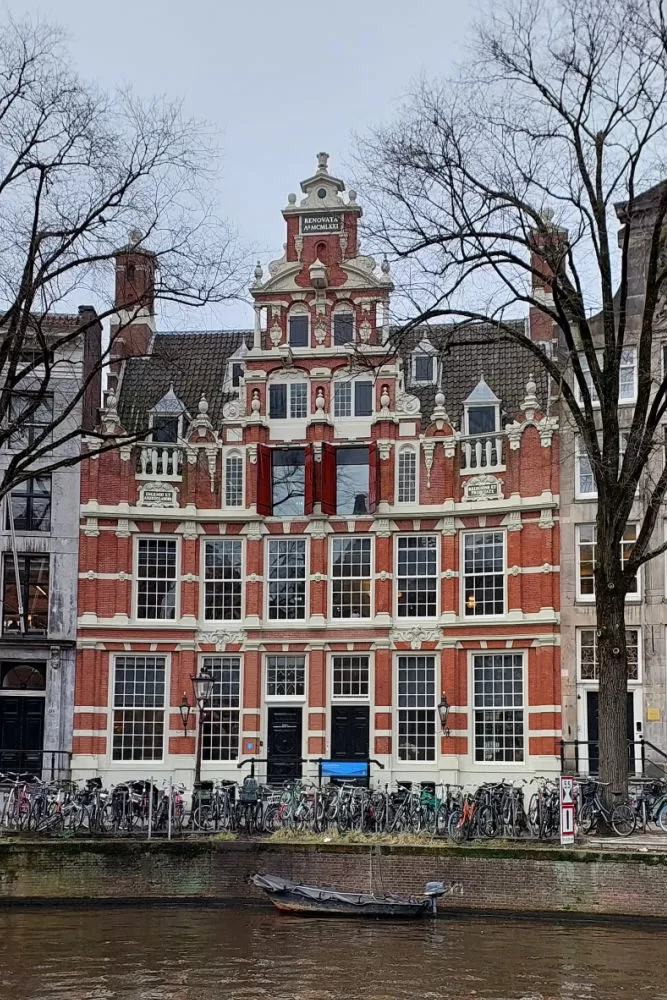
Canal Belt Amsterdam
It’s definitely my favorite house museum in the Canal Belt in Amsterdam! You feel transported to 1620 right away.
Volunteers welcome you warmly, encouraging you to sit on the furniture, read books, and explore the drawers.
The beautiful house offers an audio tour you can take at your own pace.
In the kitchen, enjoy coffee, tea, and, if you are lucky, homemade cookies.
Address: Herengracht 170
Do you love exploring Amsterdam’s historic areas? Don’t miss my guide to the Amstel River Hike, another beautiful and historic walking route.
16. The Embassy of the Free Mind – The House with the Heads
The heads represent six gods: Apollo, Ceres, Mercury, Minerva, Bacchus, and Diana.
Nicolaas Sohier chose this theme because he was interested in mythology and Greek gods.
Today, it is the Embassy of the Free Mind. The Library (UNESCO) includes around 28,000 books and manuscripts on the history of Hermetic thought (religious and esoteric ideas).
Address: Keizersgracht 123
17. The oldest house in Amsterdam
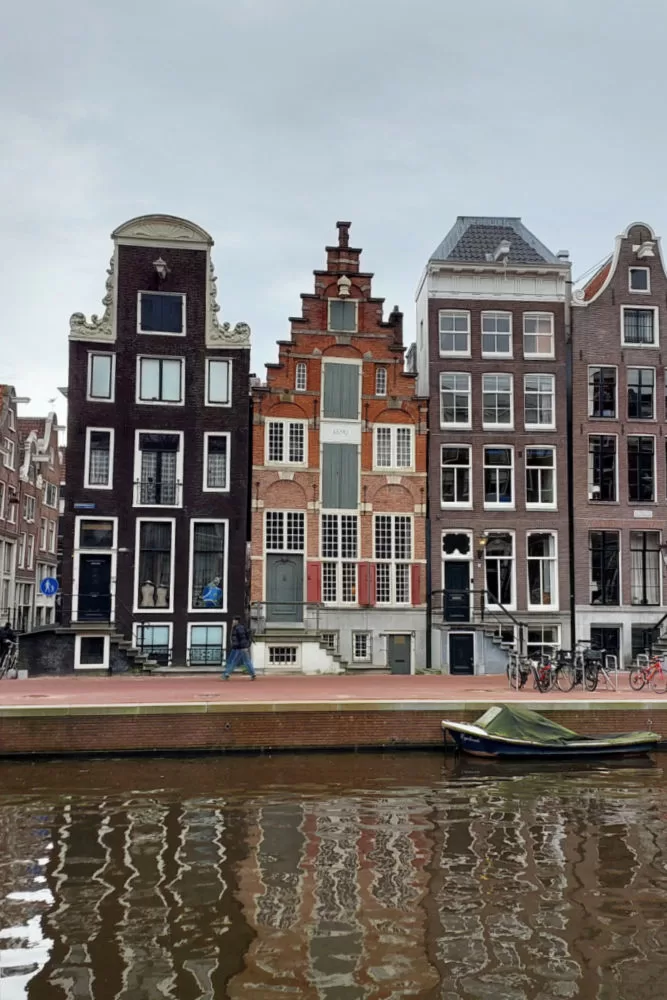
At number 81, we find the oldest residential house in Amsterdam.
It was built in 1590 as a traditional merchant’s house with a beautiful stepped gable facade.
They used the ground floors as living quarters, while the upper floors served as warehouses for goods.
Address: Herengracht 81
18. The House of the West Indies
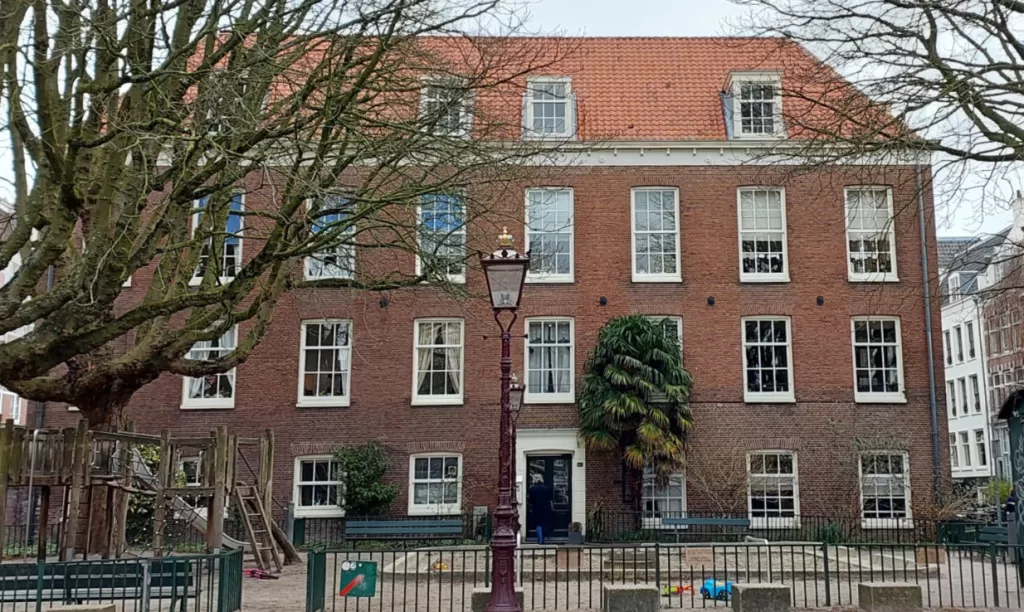
Canal Belt Amsterdam
At the beginning of Herengracht, we find Herenmarkt, a small square now a children’s park.
The former House of the West Indies is at the back, a company that managed Dutch possessions in North and South America.
In 1625, the founding of New Amsterdam took place; it was later renamed as New York.
Address: Herenmarkt 99
Final Tips for Your Self-Guided Walking Tour in Amsterdam
Herengracht and Keizergracht are my favorite canals. Exploring Amsterdam on foot reveals the rich history behind the majestic facades of the houses.
I’ve greatly enjoyed doing some research to share the charming stories and facts about the canals of Amsterdam and the Museum Houses.
I hope you enjoyed this tour!
This article shows you: Amsterdam Self-Guided Walking Tour – Explore the Canals

